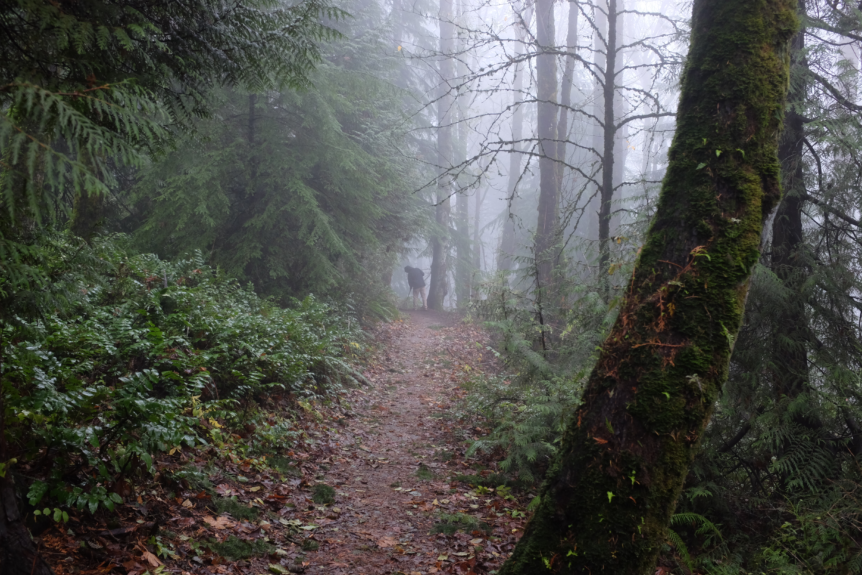Fall is such a magical time of year in Portland. With the smoke and heat behind us, we can finally head outdoors again. The weather is perfect, crisp and sunny. Nature reminds us with brilliant gold and red leaves that this time is beautiful yet fleeting. I savor every minute, knowing the rains will begin and the clouds will soon cover our skies like a blanket, tucking us in for a long winter’s nap. And for some, this changing of the seasons, may cause what is known as Seasonal Affective Disorder or SAD.
In most cases, seasonal affective disorder starts in the late fall or early winter with symptoms worsening throughout the winter and resolving by spring. The symptoms include depressed mood, feelings of hopelessness, a lack of energy, difficulty concentrating, changes in sleep and appetite, a loss of pleasure in activities you once loved, and even thoughts of death or suicide. It is not uncommon to also experience increased appetite and craving for carbohydrates, sluggishness and sleepiness. What differentiates SAD from classic depression is that these symptoms are cyclical and coincide with the changing of seasons. It’s a recurrent condition with a predictable onset and remission.
While there is no exact cause to fully explain how mood is related to the seasons, studies suggest that it is related our circadian rhythm, and an imbalance of melatonin and serotonin levels. Shorter days and less exposure to light seem to trigger these changes. Women are more susceptible than men, and anyone with a history of depression and bipolar disorder are more at risk.
Before we all decide to move to Palm Springs to salvage our sanity, it is important to remember that we are not doomed merely because of where we live. The mystery behind SAD is that it doesn’t affect everyone and just because we live at a certain latitude does not preclude us from happiness. In fact, quite the opposite is true.Nordic countries, spend much of the year under cold, slate skies yet they notoriously rank highest in the World Happiness Report. (Helliwell, 2018)
What can you do about it? If you think you may have seasonal affective disorder, some treatments to explore with your physician includes light boxes, antidepressant therapy, and cognitive behavior therapy. But there are two things you can do, today, to start feeling better: spending more time outside and exercise. (Lieber, 2018)
Unlike many other parts of the country, we are so fortunate to have the sanctuary of Forest Park to turn to in the winter months. The trees form a canopy, shielding us from the rain. The sound of the raindrops overhead is soothing and the smell of the earth is fresh and lush. Sometimes during the winter, a faint fog may linger among the evergreens, creating an almost mystical experience.
If you are susceptible to seasonal affective disorder, now is the time to take proper steps for prevention. Avoid the long hibernation and instead, embrace the winter and the outdoors.
Helliwell, J. L. (2018). World Happiness Report 2018. New York: Sustainable Development Solutions Network.
Lieber, A. M. (2018, February 14). Seasonal Affective Disorder, A Guide to Treating SAD. Retrieved from PSYCOM: https://www.psycom.net/depression.central.seasonal.html
Author, Dr. Norma Stein, is a member of the Northwest Permanente Wellness Team

